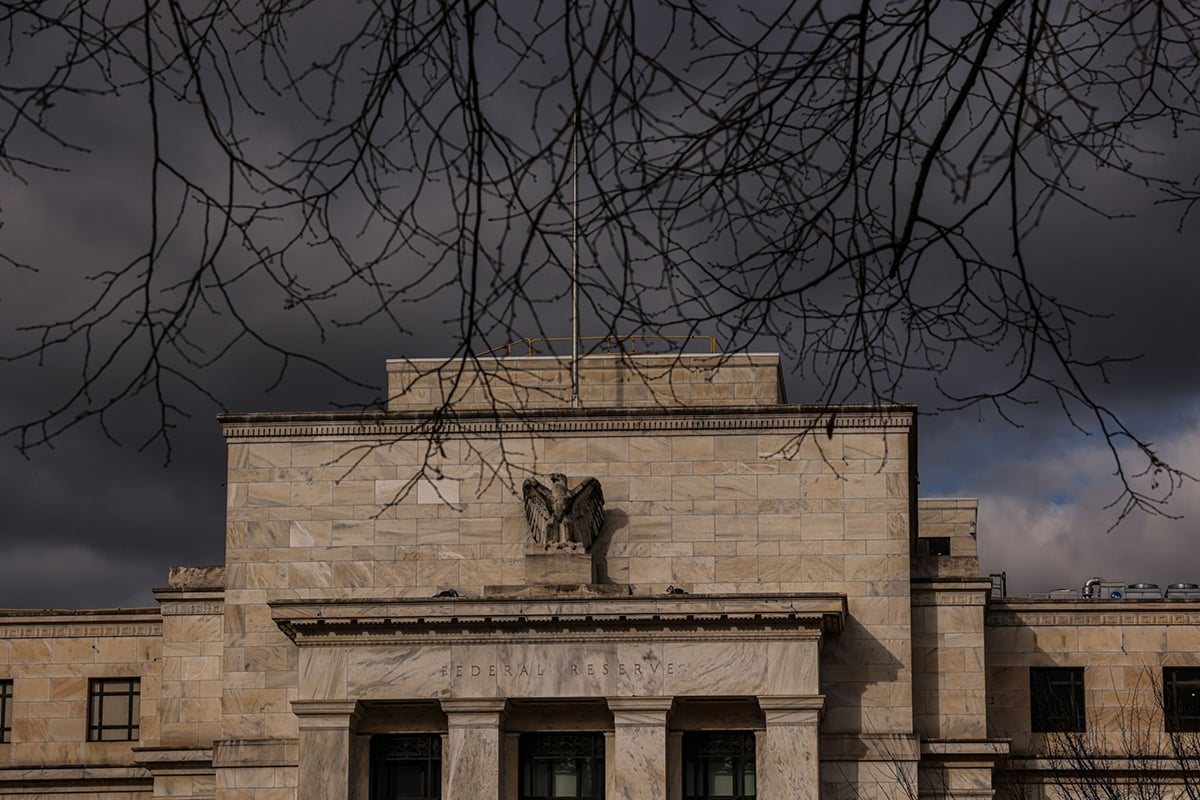American companies are feeling confident again. Now it's up toPresident-elect Donald Trump and Congress to get them spendingagain.
|Sentiment from small firms to large manufacturers has rocketedto lofty heights since Trump was elected, mirroring brighterattitudes among consumers. But the true test for the economy liesin the details and how quickly plans for deregulation, tax reformand infrastructure outlays come to fruition — and translate thatconfidence into investment.
|The latest indicator, the National Federation of IndependentBusiness's small-business confidence index, surged in December tothe highest level since 2004. Manufacturers and service providersin the Institute for Supply Management's semi-annual forecast alsowere upbeat about 2017. And consumer sentiment is the strongestsince 2004.
|The last time such widespread optimism prevailed, economicgrowth averaged 3% the following year and gains in capital spendingran at 5 percent. That's a positive for the economy's prospects,since business investment has been the clear laggard the pastcouple of years.
|“The signals are certainly good,” said Joshua Shapiro, chiefU.S. economist at Maria Fiorini Ramirez Inc. in New York. Theimproved mood “is a first step. If businesses and consumers arefeeling more confident, they're more likely to do things which arebeneficial economically.”
|Overall capital spending advanced 0.2% on average in the twoyears through the third quarter, while consumer spending climbed 3%and the economy grew at a 1.9% pace. Trump's economic agenda aimsto bring growth to an average 3.5%.
|Some solid pieces are already in place. Companies are hiring,the jobless rate is near a nine-year low and wage growth is pickingup. What's more, oil prices are starting to rise, encouraging aresumption of drilling, while a slump in manufacturing appears tohave run its course.
|The NFIB report on Tuesday showed 73% of the December advancewas due to more upbeat views about the outlook for sales and theeconomy. The share of business owners who say now is a good time togrow is triple the average of the current expansion.
|Still, “business investment may not pick up dramatically untilsome of the policy-related optimism is actually validated,” StephenStanley, chief economist at New York-based Amherst PierpontSecurities, said in a note.
|Trump has vowed to ease regulatory burdens for businesses andswiftly repeal the Obama health-care law, which the NFIB has saidis strangling small businesses. He has also pledged to reduce taxesand penalize firms that send production and jobs overseas.
|“It's a little early to say anything intelligent on U.S. taxpolicy or trade policy or infrastructure spending,” Michael Larsen,chief financial officer of Illinois Tool Works Inc., said at aninvestor meeting last month. While policy changes are likely to bepositive, “when we know what the facts are, we'll deal withthat.”
|In October 2004, President George W. Bush signed into law whatwas at the time the biggest overhaul of the corporate tax codesince 1986, helping spur a 10.6% annualized gain in capitalinvestment over the six quarters ending in early 2006, according toJoseph LaVorgna, chief U.S. economist at Deutsche Bank SecuritiesInc.
|Fed Gauges
Among recent data, the Federal Reserve Bank of Philadelphia'sregional manufacturing gauge showed expectations for more capitalexpenditures are at an almost 17-year high, while the Dallas Fed'sreport showed the share projecting higher investment is the biggestsince 2007.
|Housing may also deliver further progress, with the NationalAssociation of Home Builders/Wells Fargo builder sentiment index atan 11-year high.
|“The Trump plan will prove even more stimulative for businessinvestment, which is the linchpin” of forecasts for faster economicgrowth, LaVorgna said in a note.
|The proof will be in the pudding.
|“Hope has been booked, but has yet to be billed,” wrote NeilDutta, head of U.S. economics at Renaissance Macro Research.
|Ian Shepherdson, chief economist at Pantheon MacroeconomicsLtd., also cautioned that the small-business sentiment figures,while strong, are also volatile.
|Other economic headwinds could hurt businesses' propensity toinvest. The Fed is gradually raising borrowing costs, while thedollar's recent appreciation could restrain U.S. sales to overseascustomers.
|There's also the question of Trump's approach to trade. ThePresident-elect has vowed to take a harder line against nationsthat manipulate their currencies to gain an unfair advantage inexporting to the U.S., and has threatened to tear up the NorthAmerican Free Trade Agreement, without elaborating. That couldresult in tariffs on imports and retaliatory measures by othercountries that would curb exports.
|“There's still enormous uncertainty,” Shapiro said. Nonetheless,“the economy's got a pretty good head of steam right now” and thebetter outlook is “feeding into sentiment and into expectations ofwhat will occur.”
|Bloomberg News
|Copyright 2018 Bloomberg. All rightsreserved. This material may not be published, broadcast, rewritten,or redistributed.
Complete your profile to continue reading and get FREE access to Treasury & Risk, part of your ALM digital membership.
Your access to unlimited Treasury & Risk content isn’t changing.
Once you are an ALM digital member, you’ll receive:
- Critical Treasury & Risk information including in-depth analysis of treasury and finance best practices, case studies with corporate innovators, informative newsletters, educational webcasts and videos, and resources from industry leaders.
- Exclusive discounts on ALM and Treasury & Risk events.
- Access to other award-winning ALM websites including PropertyCasualty360.com and Law.com.
*May exclude premium content
Already have an account? Sign In
© 2024 ALM Global, LLC, All Rights Reserved. Request academic re-use from www.copyright.com. All other uses, submit a request to [email protected]. For more information visit Asset & Logo Licensing.







